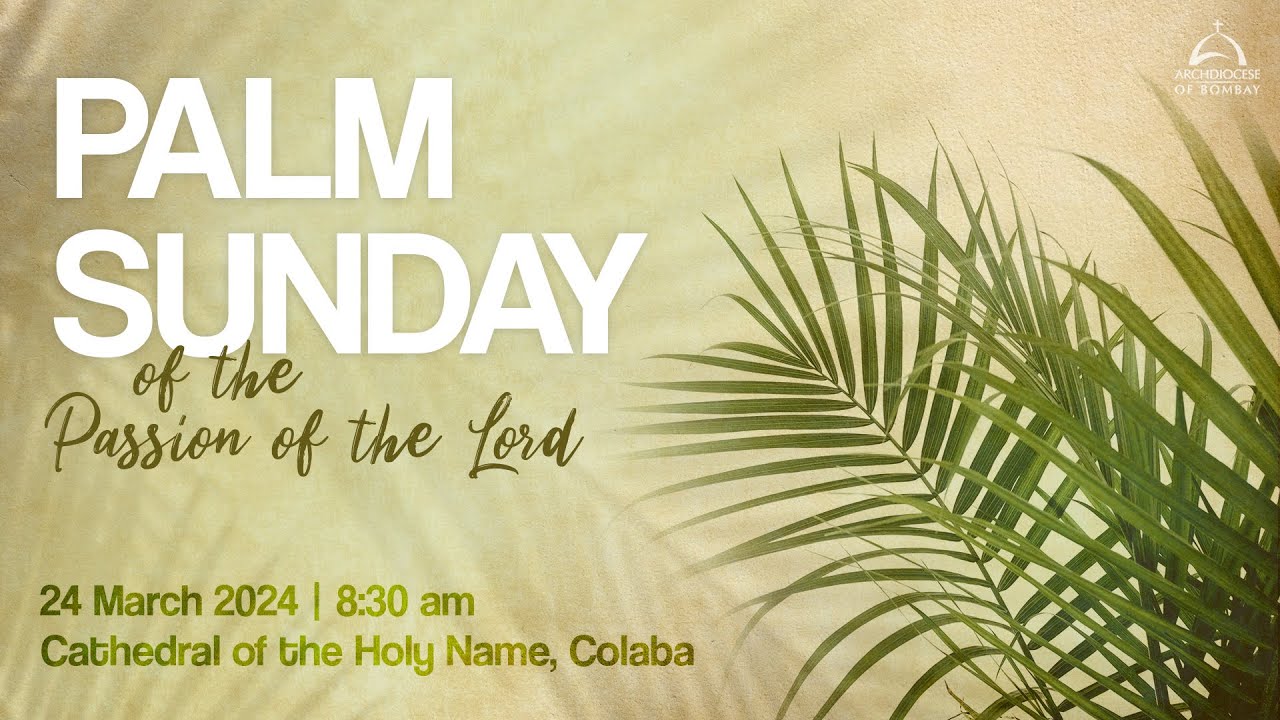
Palm Sunday holds a special place in the Christian calendar, marking the beginning of Holy Week and commemorating Jesus Christ’s triumphant entry into Jerusalem. This sacred day is steeped in symbolism, with palms and donkeys playing integral roles in the story. Let’s delve into the significance of Palm Sunday and explore how it is celebrated worldwide.
What is Palm Sunday?
Palm Sunday is a Christian observance that falls on the Sunday before Easter Sunday. It marks Jesus Christ’s entry into Jerusalem, riding on a donkey, while crowds greet him with palm branches and shouts of “Hosanna!” This event is recorded in the Gospels of Matthew, Mark, Luke, and John, symbolizing Jesus’ arrival as the Messiah and the beginning of his journey towards crucifixion and resurrection.

Is there a donkey in this story?
Yes, the donkey plays a crucial role in the Palm Sunday narrative. In ancient times, donkeys were associated with peace and humility, unlike horses, which symbolized war and power. Jesus’ choice to ride a donkey into Jerusalem fulfilled the prophecy of Zechariah 9:9, which foretold the Messiah’s humble entry into the city. Thus, the donkey represents Jesus’ humility and his message of peace.

What about the palms?
Palm branches have deep-rooted symbolism in Jewish and Christian traditions. In ancient times, palm branches were a symbol of victory, triumph, and joy. When Jesus entered Jerusalem, crowds laid palm branches at his feet as a sign of honor and reverence. The spreading of palms before Jesus symbolized the recognition of his kingship and the fulfillment of Messianic prophecy.
How is Palm Sunday celebrated?
Palm Sunday is celebrated with great fervor and reverence by Christians worldwide. Churches hold special services where palm branches are distributed to congregants. The service typically includes readings from the Gospels recounting Jesus’ entry into Jerusalem, hymns, and prayers. In some traditions, processions are held, with worshippers carrying palms while singing hymns of praise.
How Do the Palms Turn Into Ashes?
Following Palm Sunday, the palm branches blessed during the service are often saved and used the following year on Ash Wednesday. On Ash Wednesday, the palms are burned, and the ashes are then used by clergy to mark the foreheads of worshippers in the shape of a cross. This ritual symbolizes repentance, mortality, and the beginning of the Lenten season leading up to Easter.
Table of Contents
In conclusion, Palm Sunday holds deep spiritual significance for Christians worldwide, serving as a reminder of Jesus’ humble entry into Jerusalem and the beginning of Holy Week. Through the use of palms and the symbolism of the donkey, believers reflect on Jesus’ message of peace, humility, and redemption. As we celebrate Palm Sunday, may we be inspired to emulate Jesus’ example of love, compassion, and service to others.





